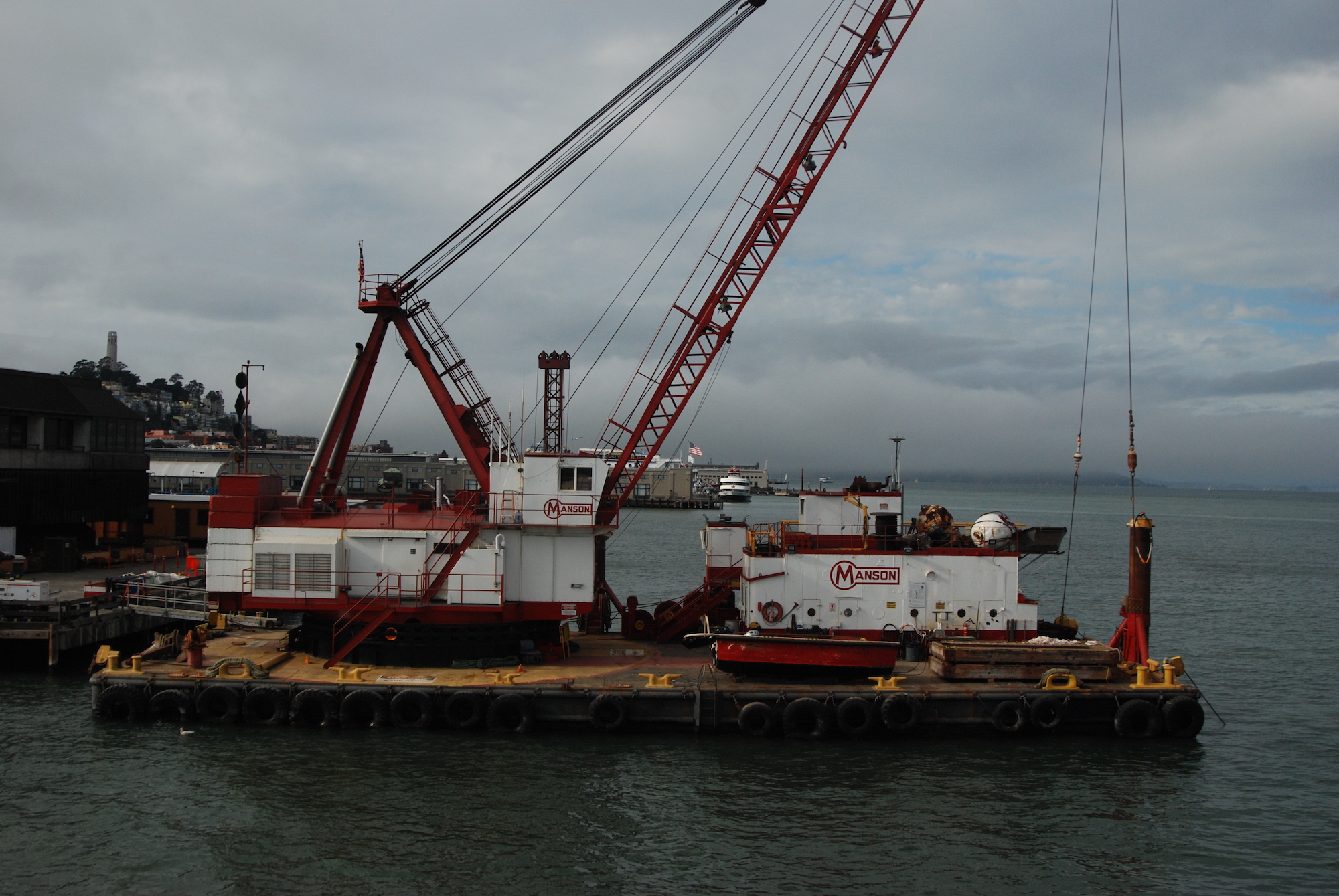This chapter includes agencies and plans that focus on areas of new development, and as a result not all entities and projects have significant renewal programs. Renewal needs in this Service Area predominantly fall under the purview of the Port. Yerba Buena Gardens renewals are addressed in the General Government Service Area.

Port of San Francisco
Consistent with the Port Commission’s commitment to investing in renewal of Port resources, the Port allocates at least 25% of its annual budget to its capital program. This work maintains existing resources and, when possible, makes vacant properties fit for leasing to increase the Port's revenue-generating capacity. A substantial portion of the Port’s facility renewal budget supports pier structure repairs to ensure the continued safe operation of pier superstructures and buildings, the preservation of lease revenues, and the extension of the economic life of the Port's pier and marginal wharf assets.
The Port’s renewal program includes maintenance dredging, which ensures the proper depth of berths at the Port’s piers so that they remain suitable for water traffic. Maintenance dredging is necessary for the continued operation of Port maritime facilities by keeping the Port's berths and channels at navigable depths, including sites where the Port has contractual obligations with shipping lines and operators. Dredging makes up 13% of the Port's average annual capital renewal investment in the most recent two-year Capital Budget.
The one-time cost category primarily captures non-cyclical improvements, typically driven by changes in code requirements. Such work includes relocating under-pier utilities above the pier, as well as remediating structures at Pier 70. For many of these structures, partial rehabilitation is not a viable option and any rehabilitation will trigger substantial seismic work. As a result, the Capital Plan reflects these facilities as one-time costs for rehabilitation or demolition until they are fully improved and a capital maintenance cycle commences.
The Engineering Division regularly conducts inspections of all Port facilities and categorizes the condition of more than 350 structures, including piers, wharves, and buildings. Since the prior Capital Plan, the Port, its tenants, and development partners completed repairs or initiated construction at 23 facilities that will result in structural rating upgrades and allow for expanded use. During the same period, structural inspections found 11 facilities where conditions worsened significantly, often resulting in new load restrictions and rating downgrades. Overall, the most recent biennial engineering report lists 21 facilities as red-tagged (facilities with restricted access, unsafe, poor structural condition) and 36 facilities as yellow-tagged (facilities that must be repaired soon to avoid becoming red-tagged and having their use restricted). Consistent with the Port’s capital investment criteria, revenue-generating yellow-tagged facilities will receive priority in future capital planning and allocation decisions. While some of the red-tagged facilities may never be repaired, others may still be brought back into productive use with sufficient investment.

